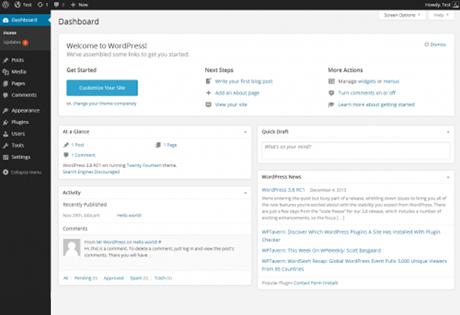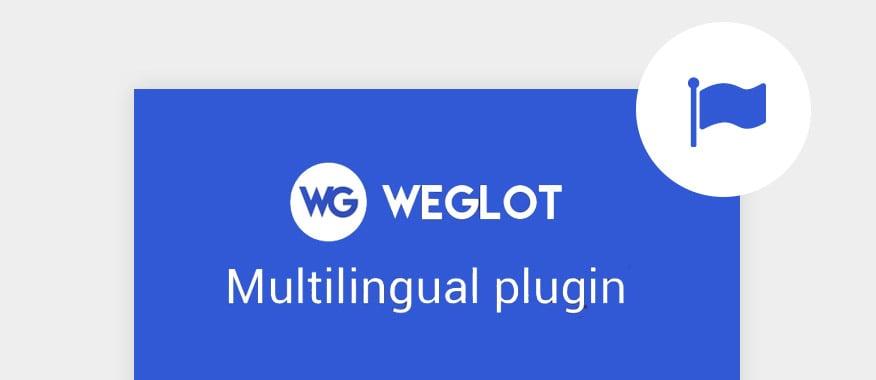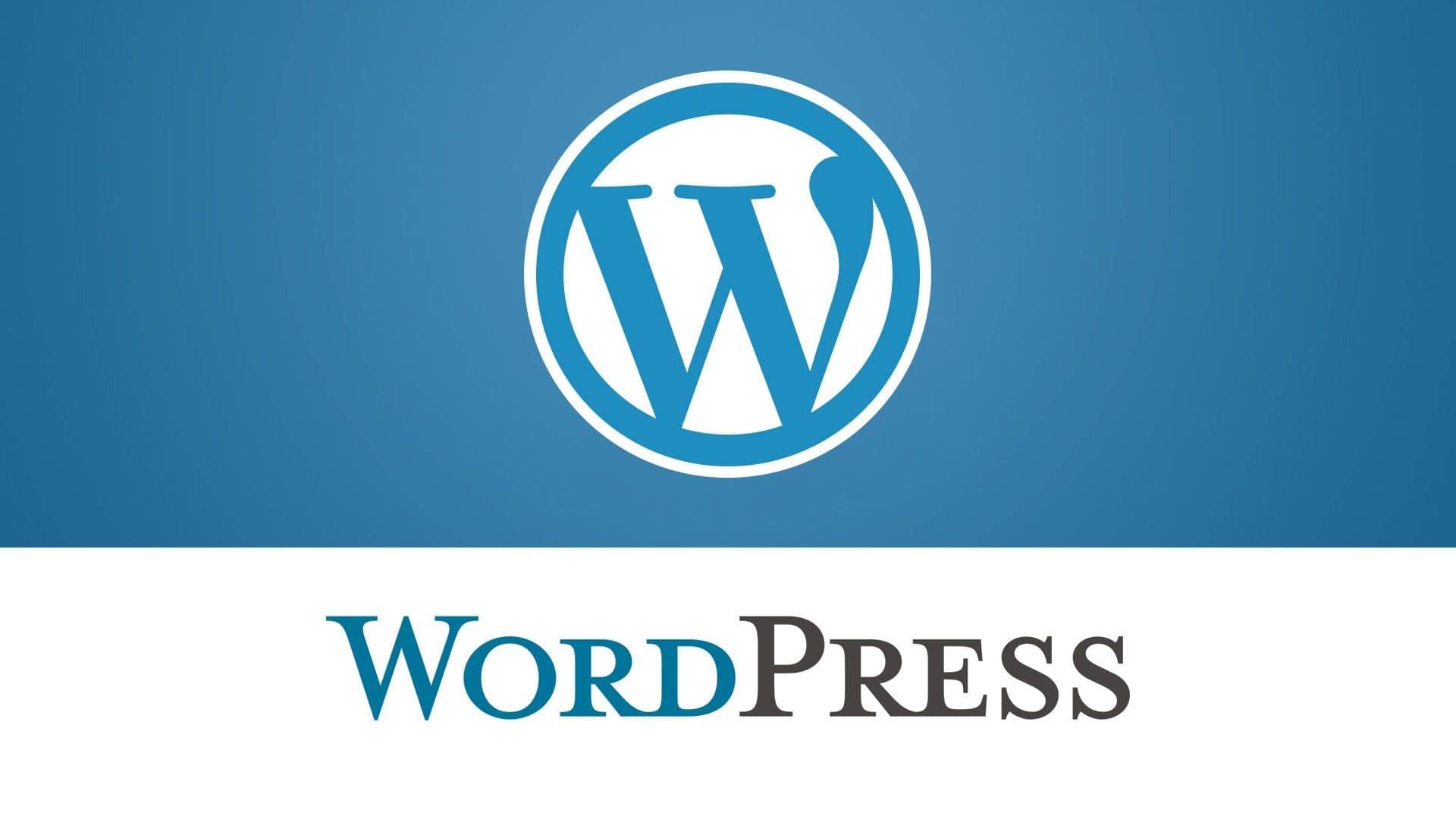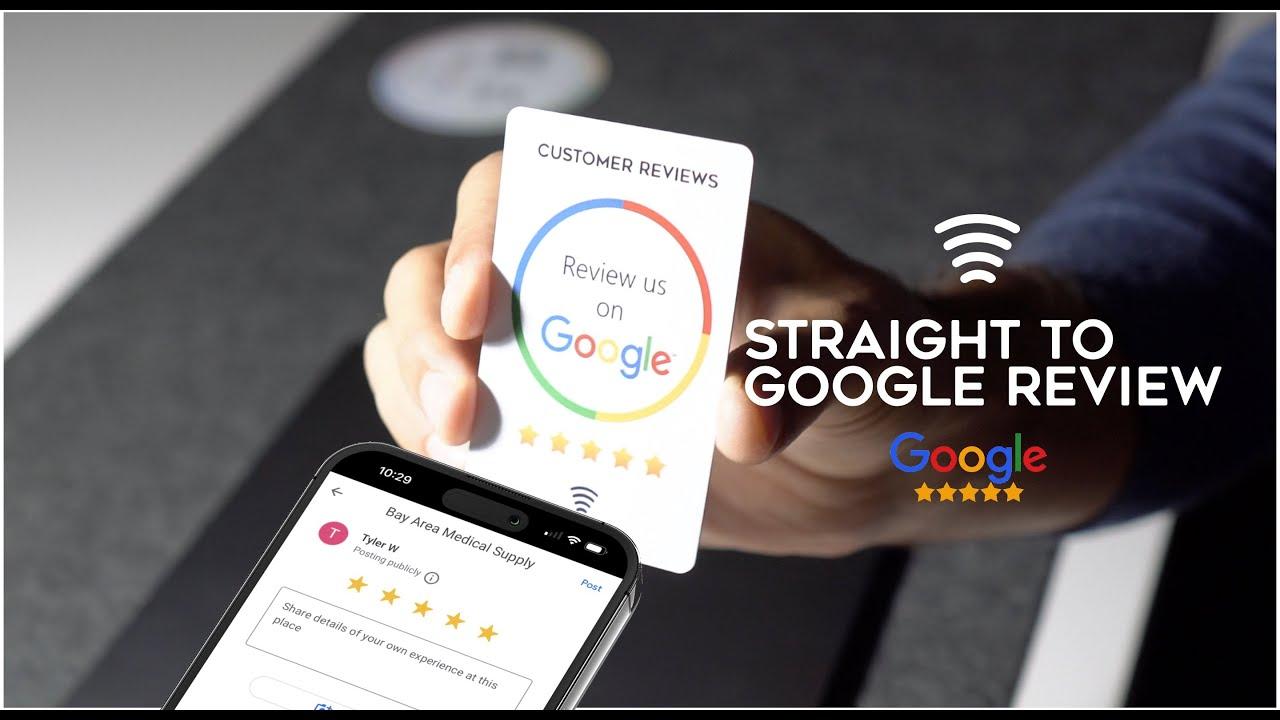Introduction:
Hey there, WordPress enthusiasts! if you’re managing a WordPress Multisite network, you already know that it’s a powerful way to run multiple sites from a single dashboard. But with great power comes great obligation—especially when it comes to security. Just think about it: a breach in one site could potentially put all your sites at risk. Yikes!
But don’t panic! In this article,we’re diving into the essential security tips you need to keep your Multisite network safe and sound. Whether you’re a seasoned developer or just starting out, these practical strategies will help you safeguard your sites from potential threats. So, grab a cup of coffee, and let’s get started on making your WordPress Multisite fortress impenetrable!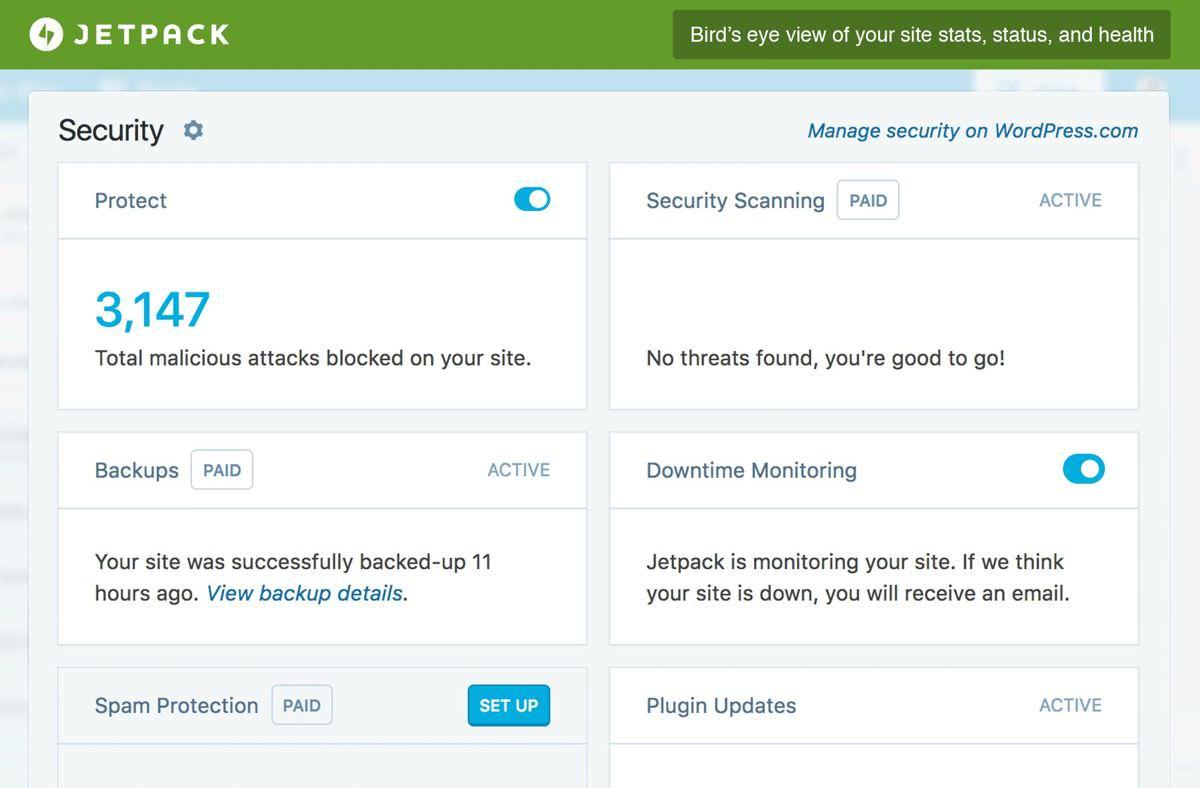
Understanding the Importance of wordpress Multisite Security
When it comes to managing multiple sites under a single WordPress installation, the significance of security becomes paramount. A WordPress Multisite network inherently presents unique challenges, making it essential to prioritize security to protect not just one site but potentially manny. Each site in the network can be a potential entry point for malicious actors, hence reinforcing security measures is crucial for safeguarding all associated sites.
One of the primary reasons for tightening security in a multisite setup is the interconnectedness of the sites. A vulnerability in one site can lead to a domino effect, compromising the entire network.Thus, it is indeed critically important to implement comprehensive security protocols, including:
- Regular updates: Keep your WordPress core, themes, and plugins updated to their latest versions to patch security vulnerabilities.
- Strong Passwords: Enforce the use of complex passwords for all administrators and users to enhance security layers.
- User Role Management: Assign permissions wisely; avoid giving excessive access to users who don’t require it.
Additionally, utilizing security plugins tailored for multisite can provide an extra layer of protection. These plugins can help monitor suspicious activities, enforce security policies, and even block malicious IP addresses. It’s also wise to configure two-factor authentication for added security,ensuring that even if passwords are compromised,unauthorized access remains unlikely.
Another critical aspect of multisite security is regular backups. employing a robust backup solution ensures that you can quickly restore your sites in case of a security breach or data loss. Schedule automatic backups, and store them securely offsite. consider this simple table as a guideline for your backup strategy:
| Backup type | Frequency | Storage location |
|---|---|---|
| Full Site Backup | Weekly | Offsite Cloud storage |
| Database Backup | Daily | Remote Server |
| File Backup | Every 12 hours | local Storage |
vigilance and proactive measures are key to maintaining a secure WordPress Multisite network. By staying informed about the latest security threats and regularly updating your strategies, you can protect your sites from potential breaches and ensure a safe environment for all users and visitors.
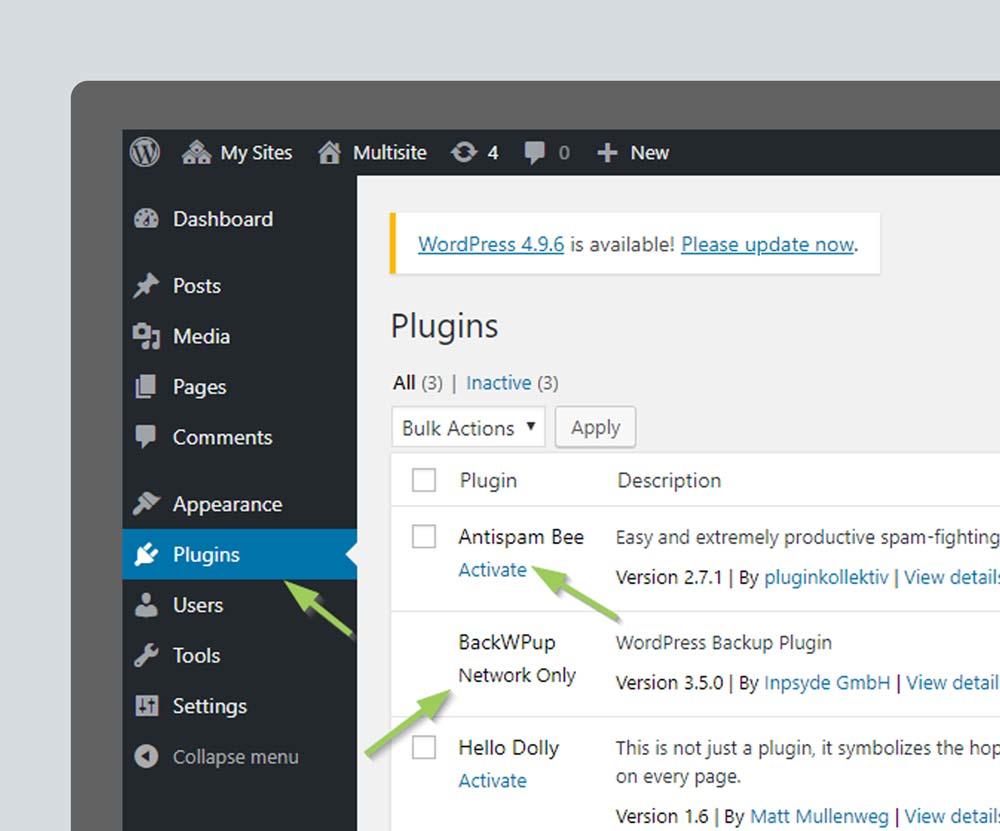
Common Vulnerabilities in WordPress Multisite Setups
Running a WordPress Multisite setup can be an efficient way to manage multiple sites from a single dashboard; however, it comes with its own set of vulnerabilities that can jeopardize the security of your entire network. Being aware of these vulnerabilities is the first step toward fortifying your sites against potential threats. Here are some common pitfalls you should guard against:
- Outdated Plugins and Themes: Many users neglect to update their plugins and themes regularly, leaving them open to exploits. An outdated plugin can serve as an entry point for attackers.
- weak Password Policies: If your users are allowed to set weak passwords, it can expose the entire network.Implementing strong password policies is essential.
- Improper User Permissions: Misconfigured user roles can give unauthorized access to sensitive data or site functionalities. Always audit user permissions regularly.
- Insecure Login Procedures: Without measures like two-factor authentication, login pages can easily fall victim to brute-force attacks. Protect your login forms with additional security layers.
- Lack of SSL Certificates: Not using SSL can put your data at risk. Ensure that all sites within the Multisite network have valid SSL certificates to encrypt data in transit.
Moreover, it’s crucial to understand that vulnerabilities can also stem from the network architecture itself. As an exmaple, a compromised site within the network can potentially allow an attacker to gain access to other sites hosted in the same Multisite installation.Thus, isolating sites and employing a layered security approach can mitigate these risks:
| Vulnerability | Impact | Mitigation Strategies |
|---|---|---|
| Outdated Software | Exploits and breaches | Regular updates and patches |
| Weak Passwords | User account takeover | Enforce strong password policies |
| Improper Permissions | Unauthorized access | Regular audits of user roles |
| Insecure Connections | Data interception | Implement SSL across the network |
By addressing these vulnerabilities head-on and implementing robust security measures, you can significantly enhance the safety of your wordpress Multisite environment. Remember, security is not a one-time task but a continuous process that requires regular monitoring and adjustments.
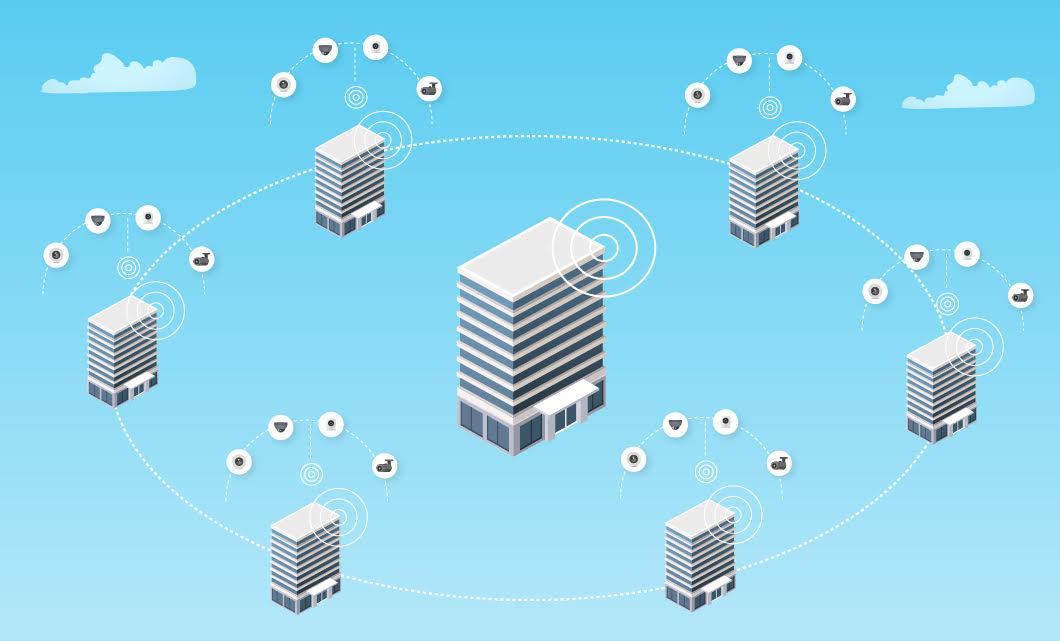
Essential Plugins for enhancing Multisite Security
When managing a WordPress Multisite network, ensuring robust security is paramount. The right plugins can make all the difference in safeguarding your sites.Here are some essential plugins to consider:
- Wordfence Security: This comprehensive security plugin offers firewall protection, malware scanning, and login security, making it a must-have for any multisite network.
- iThemes Security: Focused on preventing brute force attacks and unauthorized access, this plugin comes with over 30 security measures, helping you maintain a fortified multisite environment.
- Sucuri Security: Known for its reputation in website security, Sucuri provides features like malware scanning and security activity auditing to keep your sites in check.
- All In One WP Security & Firewall: With its user-friendly interface,this plugin allows you to implement best security practices,from file permissions to login lockdowns.
Additionally, consider utilizing plugins that focus on specific security aspects:
- Limit Login Attempts Reloaded: This plugin helps in preventing brute force login attempts by limiting the number of login retries.
- WP Activity Log: Keeping an eye on user activity is crucial. This plugin logs everything from logins to content changes, allowing you to monitor for suspicious behavior.
- BackupBuddy: Regular backups can save your network from disaster. BackupBuddy allows you to schedule backups and store them securely.
| Plugin | Key Feature |
|---|---|
| Wordfence Security | Firewall protection |
| iThemes Security | Brute force protection |
| Sucuri Security | Malware scanning |
| All in One WP Security | User-friendly security measures |
Choosing the right combination of these plugins can significantly enhance your Multisite’s security posture. Regularly update and monitor these plugins to stay ahead of potential threats. Remember,in the realm of security,prevention is always better than cure.
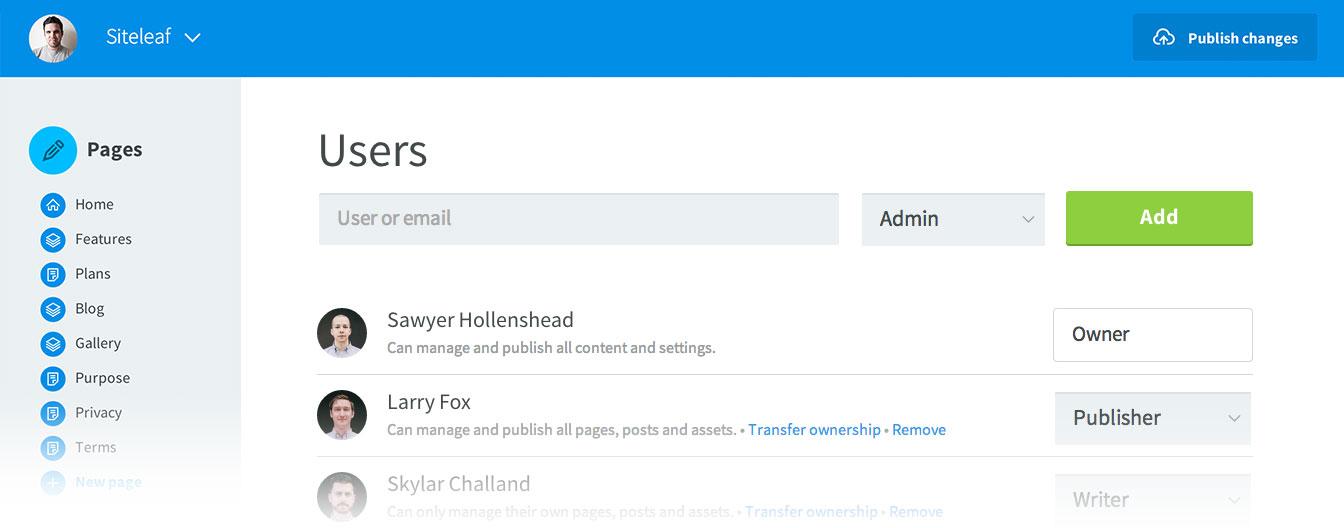
Configuring User Roles and Permissions for Optimal Safety
in a WordPress Multisite environment, managing user roles and permissions is crucial for maintaining security across the network. Misconfigured roles can lead to unauthorized access, wich jeopardizes not just individual sites, but the entire network. Thus, understanding how to properly assign roles and permissions is key to safeguarding your content and data.
To ensure optimal safety, consider implementing the following best practices:
- Limit Admin Access: Only grant admin privileges to users who genuinely require them. This reduces the risk of malicious actions or accidental changes that could compromise security.
- Role Customization: Utilize plugins that allow you to customize user roles. Tailoring permissions ensures that users have access strictly to what they need,minimizing potential threats.
- Regular Audits: Periodically review user roles and permissions. Removing outdated or unnecessary roles helps maintain a clean and secure user structure.
- Two-Factor Authentication: Implement two-factor authentication (2FA) for all users, especially those with higher privileges. This adds an additional layer of security, making it significantly more difficult for unauthorized users to gain access.
Consider utilizing a table to visualize user roles and their corresponding capabilities:
| User Role | Capabilities |
|---|---|
| super Admin | Full control over the network, including site creation and theme/plugin management. |
| Admin | Management of a single site, including adding/removing users. |
| Editor | Content management, including publishing and editing posts and pages. |
| Author | Ability to publish their own posts, but not to edit others. |
| subscriber | Basic access, typically only to read content. |
by clearly defining roles and their permissions, you can significantly enhance the security of your multisite network. Moreover, educating users about their roles and responsibilities creates a culture of security awareness that extends beyond technical measures.
never underestimate the importance of strong password policies. Encourage users to create complex passwords and change them regularly. This simple step can greatly reduce the risk of unauthorized access and protect your valuable data.
Regular Backups: Your Safety Net in multisite Environments
When managing a WordPress Multisite environment, regular backups become your essential safety net. in a network where multiple sites are interconnected, even minor issues can cascade into important problems. A well-structured backup strategy ensures that you’re not just reacting to issues but proactively safeguarding your data.
Why Regular Backups Matter: In a multisite setup, each sub-site can hold unique data, themes, and plugins. If something goes awry—be it a malicious attack, accidental deletion, or a corrupted update—having recent backups means you can restore functionality swiftly without major downtime. Here’s what you should consider:
- Frequent Backups: Schedule your backups regularly. Daily backups might be necessary for high-traffic sites, while weekly backups could suffice for less active ones.
- Automated Solutions: Use plugins that automate your backup process.This reduces the chances of human error and ensures your backups are always up to date.
- Multiple Storage Locations: Store your backups in more than one location, such as local storage, cloud services, or external drives.This redundancy safeguards against data loss.
Additionally, it’s crucial to test your backups periodically. Simply backing up your data is not enough; you must ensure that your backup files are intact and can be restored without issues. A backup is only as good as its restorability!
Consider the following table as a guide for your backup frequency and methods:
| Backup Frequency | Recommended methods | Storage Options |
|---|---|---|
| Daily | Automated Plugin | Cloud Storage (e.g. Google Drive, Dropbox) |
| Weekly | Manual Backup via cPanel | External Hard Drive |
| Monthly | Site Snapshot | local Server Backup |
Incorporating regular backups into your WordPress Multisite strategy is not just a good practice; it’s essential for peace of mind.With robust backups in place, you can focus on growing your network rather than worrying about potential pitfalls. Remember, it’s not if something will go wrong, but when. Being prepared is your best defense.

Implementing Two-Factor Authentication for Added Protection
In the evolving landscape of cybersecurity, adding an extra layer of protection to your WordPress Multisite is not just a precaution—it’s a necessity. Two-Factor Authentication (2FA) acts as a powerful barrier against unauthorized access by requiring users to provide two separate forms of identification before gaining entry. This means that even if a hacker manages to steal a user’s password, they would still need the second form of verification, significantly reducing the risk of breaches.
Implementing 2FA on your WordPress Multisite is relatively straightforward. Here’s how you can get started:
- Choose a Reliable Plugin: There are several plugins available that make enabling 2FA easy for your WordPress site. Popular choices include Two Factor Authentication and Google Authenticator.
- Configure User Roles: Not every user may require two-factor authentication. Tailor the settings based on user roles to enhance usability while maintaining security.
- Educate Your users: Inform your users about the importance of 2FA and provide simple guides on how to set it up. This ensures that they understand the functionality and its significance in protecting their accounts.
When setting up 2FA, you can choose from various methods for the second verification step. here are a few common options:
| Method | Description |
|---|---|
| SMS Verification | Users receive a one-time code via text message. |
| Authentication Apps | Apps like Google Authenticator or Authy generate time-based codes. |
| Email Verification | Users receive a code via email which they must enter to log in. |
By requiring two forms of verification, you significantly enhance the security of your Multisite network. 2FA helps to ensure that only authorized personnel can access sensitive areas, reducing the likelihood of data breaches and protecting your valuable content.
implementing two-factor authentication is a smart, proactive step toward safeguarding your WordPress Multisite. It not only secures individual user accounts but also fortifies the integrity of your entire network, allowing you to focus on what matters most—growing your site and engaging with your audience.
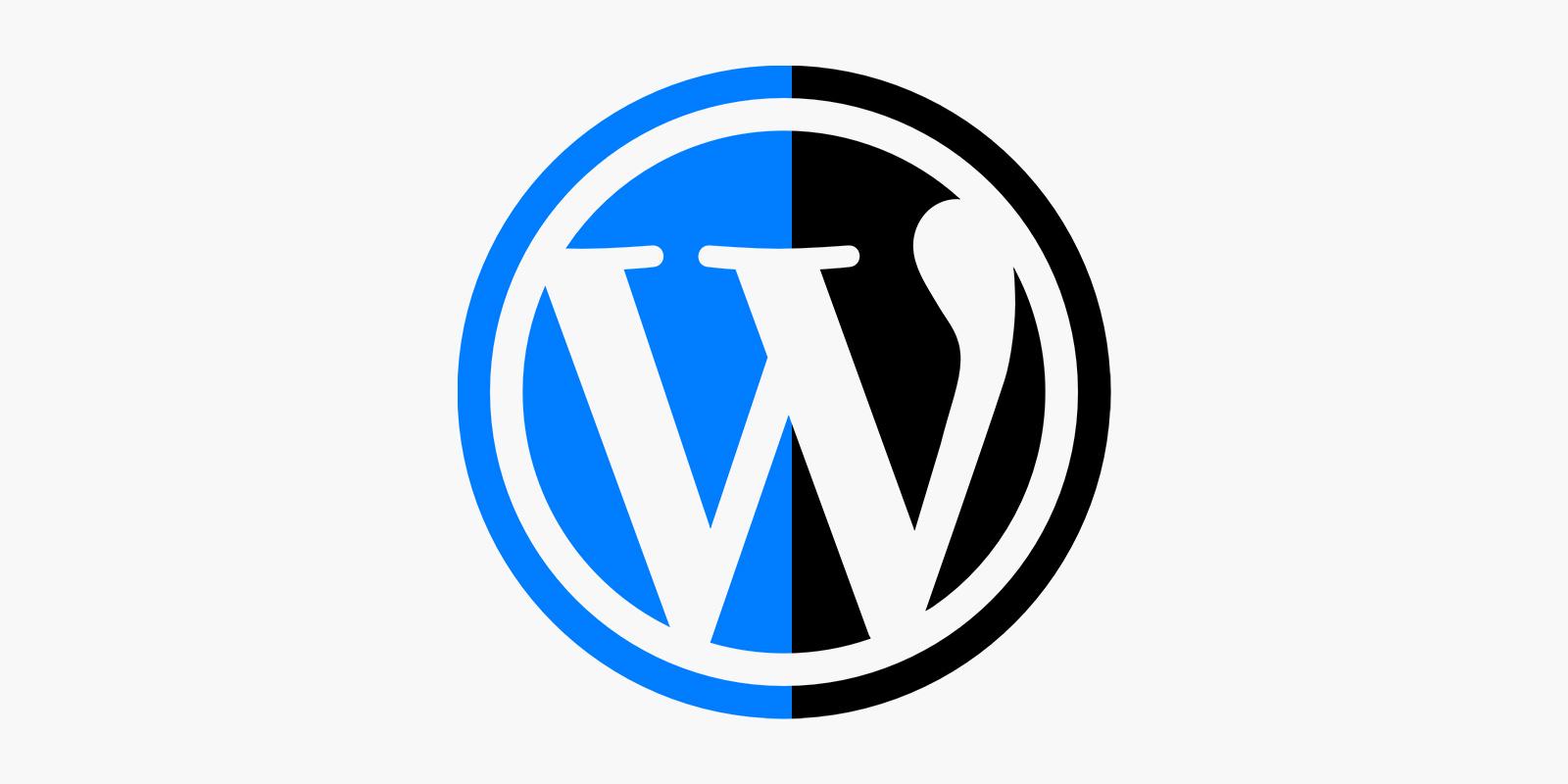
Keeping Your WordPress Core and Plugins Updated
One of the simplest yet most effective ways to fortify your WordPress multisite is by ensuring that both the core and plugins are consistently updated. These updates often include vital security patches that protect your site from vulnerabilities. Neglecting this critical task can leave your network exposed to potential threats.
When you keep your WordPress installation up to date, you benefit from:
- Enhanced Security: Regular updates address any known vulnerabilities, which is essential for a multisite environment where multiple users operate under a single installation.
- Improved Performance: Updates frequently enough come with performance enhancements, ensuring your sites run smoothly and efficiently.
- New Features: Updates may introduce new functionalities that can enhance user experience and expand your site’s capabilities.
To streamline your update process, consider enabling automatic updates for both the core and plugins. This feature can definitely help maintain your site’s security without requiring constant manual oversight. however, it’s wise to keep an eye on your updates and test them on a staging environment first, especially if you’re managing a multisite setup. This ensures that no conflicts arise, potentially disrupting services across multiple sites.
If you’re using a variety of plugins, not all may receive updates as regularly as others. To maintain security across the board, take the time to audit your plugins periodically:
| Plugin Name | Last Updated | Active Sites | Notes |
|---|---|---|---|
| Yoast SEO | Last Month | All | Highly recommended for SEO optimization. |
| Contact Form 7 | 3 Months Ago | Most | Check for compatibility issues after updates. |
| WooCommerce | Last Week | Selected | Ensure all e-commerce functionalities are intact. |
By prioritizing these updates, you not only protect your sites but also foster trust among users and clients who rely on your multisite network. Making it a habit to check for updates regularly can lead to a more secure and reliable online presence, allowing you to focus on creating content and growing your community without constant worry about security breaches.
Monitoring and Auditing Activity across Your network
In the dynamic environment of WordPress Multisite, maintaining robust security is paramount. One of the most effective ways to enhance your security posture is through vigilant monitoring and auditing of activities across your network. by keeping a close eye on what’s happening, you can detect suspicious behavior before it escalates into a more severe issue.
Implementing a comprehensive monitoring strategy involves using tools that can track user actions,plugin installations,and changes to themes or core files. Here are some essential actions you can take:
- Log User Activities: Keep a record of user logins, logouts, and any changes made to the site. This helps you identify potentially unauthorized access.
- Monitor Plugin and Theme Changes: Ensure that any installations or updates to plugins and themes are legitimate and necessary. Unauthorized changes can pose significant security risks.
- Review Access Permissions: Regularly audit user roles and capabilities to prevent privilege escalation. Not everyone needs admin access!
To streamline this process, consider employing dedicated security plugins that come equipped with monitoring features. These tools can automatically log activities and send alerts for any suspicious actions. Here’s a simple comparison of some popular security plugins:
| Plugin Name | Key Features | Price |
|---|---|---|
| Wordfence | Firewall, Malware Scan, Live Traffic View | Free / premium from $99/year |
| Sucuri Security | File Integrity Monitoring, Security Activity Audit | Free / Premium from $199.99/year |
| iThemes Security | User logging, File Change Detection | Free / Premium from $80/year |
Along with using plugins, consider setting up regular audits of your network. Schedule monthly or quarterly reviews of your logs, and analyze them for unusual patterns. This proactive approach not only helps you tighten security but also cultivates a culture of vigilance among your team.
Lastly, educate your users about the importance of security and the role they play in it. By fostering an environment of awareness, you not only enhance network security but also empower your users to take responsibility for their actions within the multisite network.
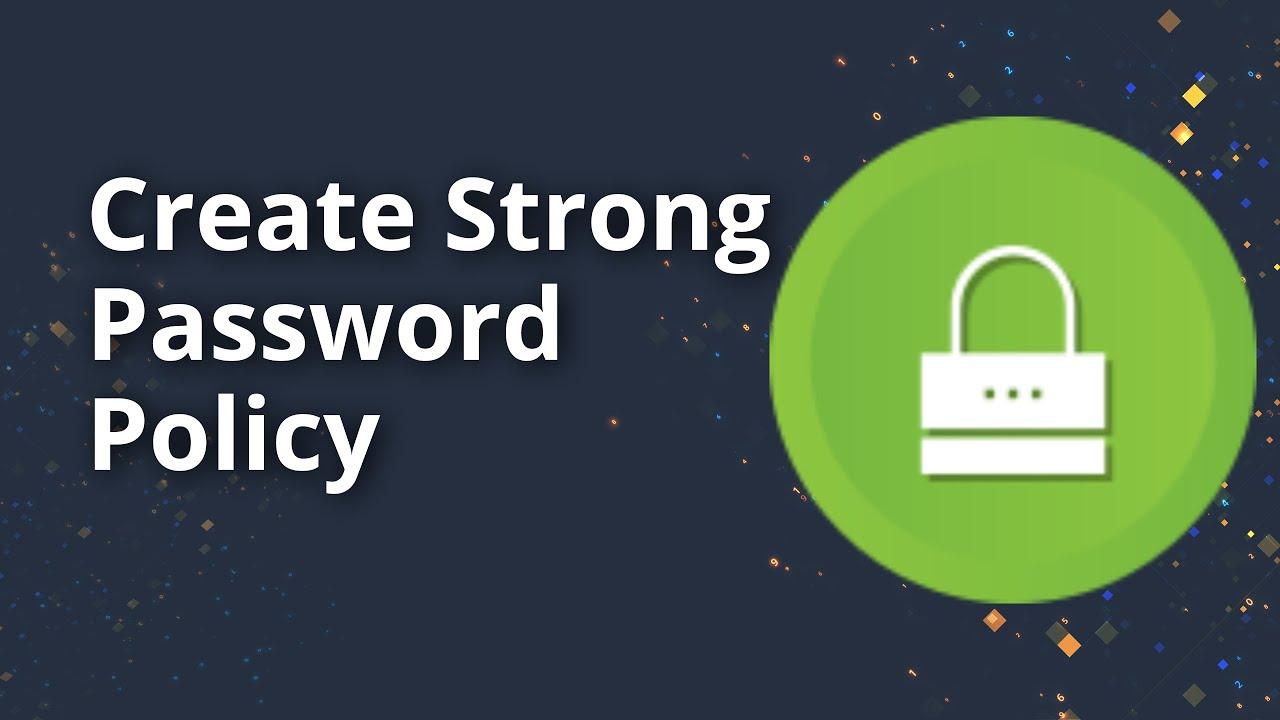
Building a Strong Password Policy for Your Multisite Users
Implementing a robust password policy is crucial for safeguarding your multisite network. With numerous users accessing various sites, ensuring that everyone adheres to strong password practices can significantly reduce the risks of unauthorized access.
Here are some essential components to include in your password policy:
- Minimum Length: Require passwords to be at least 12 characters long. Longer passwords are generally more secure.
- Complexity Requirements: Encourage the use of uppercase letters, lowercase letters, numbers, and special characters to create a more complex password.
- Password expiration: Set a policy that requires users to change their passwords every 90 days to minimize the risk from compromised accounts.
- Prohibit Common Passwords: Maintain a list of disallowed passwords that include easily guessable options, such as “password123” or “admin123”.
- Two-Factor Authentication (2FA): Promote the use of 2FA for an extra layer of security, requiring a second form of verification in addition to the password.
To facilitate compliance, consider providing a user-friendly guide that outlines the password requirements along with tips on creating strong passwords. A visual representation of these guidelines can also help users remember the key points.
| Password Strength Assessment | Criteria |
|---|---|
| Very Weak | Less than 6 characters |
| Weak | 6-8 characters, no special characters |
| moderate | 8-12 characters, includes letters and numbers |
| Strong | 12+ characters, includes letters, numbers, and special characters |
conducting regular audits of user accounts can help ensure compliance with the password policy. By assessing password strength and adherence to security protocols,you can identify potential vulnerabilities before they become a problem. Reinforcing the importance of these practices will build a culture of security within your multisite environment.
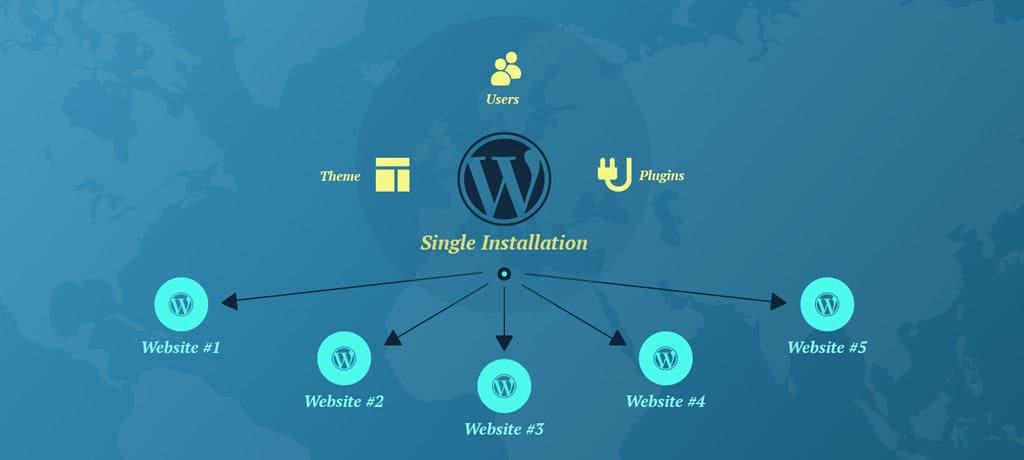
Creating a Security Response Plan for Your WordPress Multisite
When managing a WordPress Multisite network, the importance of having a comprehensive security response plan cannot be overstated. this plan acts as your roadmap for identifying, responding to, and mitigating security threats that could jeopardize your sites. To establish a solid foundation, start by clearly defining your response procedures.
Identify Key Roles: Assign specific roles and responsibilities within your team. This ensures that everyone knows their duties in the event of a security incident. Consider including:
- incident Response Lead: The person responsible for coordinating the response efforts.
- Technical Team: Individuals who will handle the technical aspects of the incident.
- Communications Officer: The point of contact for any external communications regarding the incident.
Documenting Incident Response Procedures: Create step-by-step guidelines on how to respond to different types of security threats. This documentation should cover:
- How to identify potential threats
- Immediate steps to take upon detection of a breach
- How to communicate with stakeholders
- Post-incident review process
Regular Training and Simulation: Ensure your team is well-prepared by conducting regular training sessions.Role-playing various scenarios can definitely help your team react more effectively under pressure. Consider implementing:
- Quarterly security drills
- Updates on the latest security threats
- Feedback sessions to improve procedures
Monitoring and Review: Your security response plan shouldn’t be static.Regularly revisit and revise your plan to adapt to new threats. Establish a schedule for:
| Review Frequency | Action Items |
|---|---|
| Monthly | Assess current security tools |
| Quarterly | Update training materials |
| Annually | Conduct a full security audit |
Incorporating these elements into your security response plan will not only enhance your preparedness but also foster a culture of security awareness across your Multisite network. The more proactive you are, the more resilient your sites will be against potential threats.
Frequently Asked Questions (FAQ)
Q: What is WordPress Multisite, and why is it important to secure it?
A: WordPress Multisite is a powerful feature that allows you to create and manage multiple websites from a single WordPress installation. It’s a fantastic way to streamline maintenance and save resources. However, because you’re handling multiple sites, a security breach can effect all of them. That’s why securing your Multisite is crucial to protect your data and maintain your brand’s reputation.
Q: What are some common security risks associated with WordPress Multisite?
A: Great question! Common security risks include unauthorized access, plugin vulnerabilities, and potential exploits from shared resources across sites. If one site is compromised, it can lead to a domino effect, putting all other sites at risk. That’s why it’s essential to stay proactive about security measures.
Q: What’s the first step I should take to secure my WordPress Multisite?
A: Start with strong user management. Make sure you have a solid system for user roles and permissions. Only grant access to those who absolutely need it, and regularly review user roles to prevent any unauthorized access. Remember, a little diligence can go a long way!
Q: How important are updates to plugins and themes?
A: Extremely important! keeping your plugins and themes up-to-date is like locking the doors of your house. Developers frequently enough release updates to patch security vulnerabilities, so running outdated versions can leave you wide open to attacks. Make it a habit to check for updates regularly or set up automatic updates where possible.
Q: What about using security plugins? Are they necessary?
A: Absolutely! Security plugins can act as an additional layer of protection for your Multisite. They can definitely help with malware scanning, firewall protection, and even monitoring login attempts. Choosing a reputable security plugin is a smart way to enhance your overall security posture.
Q: Should I consider implementing a firewall?
A: Yes, a firewall is a critical component of your security strategy! A web submission firewall (WAF) can definitely help filter out malicious traffic before it even reaches your sites, blocking potential threats. It’s like having a bouncer at the entrance to your bar—only the right guests get in!
Q: Is it safe to use the same passwords across multiple sites?
A: Definitely not! Using the same password across multiple sites is like using a master key for all your locks. If a hacker gets hold of one password, they can access all your sites. Invest in a good password manager and ensure that each site has its own unique, strong password.
Q: How can I monitor my Multisite for security breaches?
A: Monitoring is key! Use security plugins that offer logging features to track user activity and changes made within your sites. Additionally, consider setting up alerts for suspicious activities, such as failed login attempts or changes to key files. Being aware of what’s happening on your network can definitely help you respond quickly to potential threats.
Q: What’s one final tip you can share for WordPress Multisite security?
A: Regular backups! Always have a backup solution in place.Should a breach occur, having a clean backup can save you from a lot of headaches. Automate your backups and store them in a secure offsite location. This way, you can restore your sites quickly without losing valuable data.
Q: if I follow these tips, can I really make my WordPress Multisite secure?
A: Yes, absolutely! By following these security tips and maintaining a proactive approach, you can significantly reduce the risks associated with your WordPress Multisite. Remember, security is an ongoing process, so stay informed and adapt as new threats emerge. Your sites—and your peace of mind—will thank you!
Concluding Remarks
securing your WordPress Multisite network is not just a good idea—it’s essential. With the increasing number of cyber threats, implementing robust security measures can mean the difference between a flourishing site and a compromised one.
By following the 8+ tips we’ve discussed, you can create a strong defense for your network, safeguarding your valuable content and your users’ data. Remember, security isn’t a one-time task; it’s an ongoing commitment. Stay vigilant, keep your plugins and themes updated, and always be on the lookout for new ways to enhance your defenses.
So, take action today! Review your current security practices and start implementing those tips. Your future self—and your users—will thank you for it. After all,a secure site not only protects your assets but also builds trust with your audience. Let’s keep your WordPress Multisite network safe and thriving!
If you have any experiences or additional tips to share, we’d love to hear them in the comments below. Happy blogging, and stay secure!

